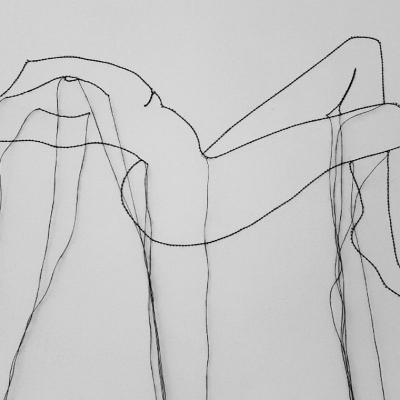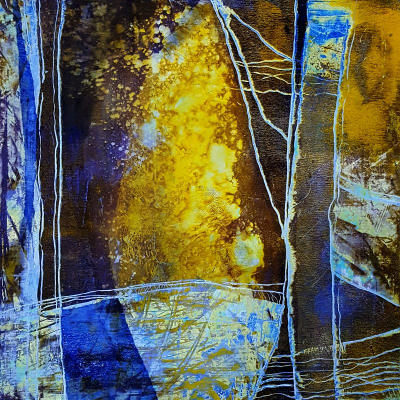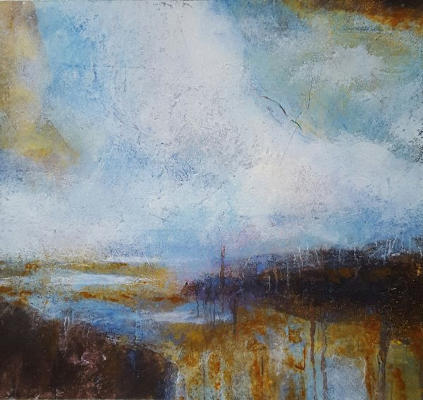Art Lovers Australia works with a number of pretty amazing artists, and while it’s great to just look at and enjoy art as it is, isn’t it even better when you can adequately appreciate it too?
You’ve probably been introduced in one way or another to the world of art analysis. All those high school classes on how to interpret colour, texture, mood, and context. For some, analysis and interpretation was easy, but for many, it was an overly intellectual process.
But art analysis really isn’t as hard as it sounds, and interpretation is pretty easy once you’ve got an understanding of it. The first step is observation:
What do you see and what don’t you see?
The first step in analysing anything is to establish what you actually see. There’s no use trying to pull meaning out of a hat. Your first question should always be: what am I looking at?
So plainly address what you see and keep an open mind. Try seeing it as trying to decipher shapes from clouds: if you have the creativity, then you can see nearly anything!
And just as you are stating what you see, you should also be stating what you don’t see, too. Are there blank spaces in the work or missing detail? Is colour, shape or line missing from it?
Jasmine Radakovic sells a series of thread-on- paper pieces depicting the female form. One of these pieces, “Female Form (Reclining)”, is a superb starting point for art analysis. What we see is the outline of a feminine figure, the shape and line makes it clear of that. But the figure is incomplete; there is no distinct detail to figure and it lacks a face. The spaces and missing details in art allow the viewer to interpret and fill in the gaps on their own.
These observations we initially make become the roots to the rest of the analysis.

Examine the artist’s techniques, methods and materials.
The next best step is to decipher techniques, materials and methods that could be useful. While materials and methods are usually detailed in the description, it still can sometimes mean further inspection. Look closely at the work and try to outline in detail how the piece has been done (if you can establish the artist’s step by step process- even better).
An example of examining techniques is the work from Cheryl McGannon, who uses mixed media including wax and oil to create her works. One of her pieces, “Into the Abyss” is a part of her “Coastal Fragments” collection, and depicts what McGannon describes as a dream like image of a coastal shoreline. Looking closer, you see that the piece is created with a number of layers used to create an in depth texture to the piece. The painting also uses a similar colour palette throughout, using various cool tones to give justice to the coastal depiction.
This step has again established a starting point to further analysis, as it elaborates on the “what we see” point and gives us further examples to analyse.

Consider how it makes you feel.
Your personal feelings towards the artwork are actually an essential part to the success and analysis of any artwork. As the audience is the consumer, it’s what they’re getting from the art that determines its meaning. Feel confident in your feelings because they always hold value.
Mood and feeling will usually be closely associated with colour and space of work, so when you are noting the methods and what you see, you’ll automatically be constructing an idea of how it makes you feel. Colour is a particularly important factor in determining the feeling of art, which you can find out more about .
Take Kurt Black’s mixed media painting, “Pink Noise”, as an example. The piece is a parade of bright, loud colours scattered across a canvas. Based on colour psychology, these intense colours stimulate excitement, happiness or high energy. This mood and emotion is probably one of the easiest ways to get an idea of the themes and ideas of an artwork, so remember to always consider it.

And finally: Ask “why?”
The last and most important step. All that comes before this is mere observation, but this is where your true understanding will lie. Making meaning of it all.
As you’d expect: ask yourself “why” and try your best to answer it.
Why does the feminine figure in “Female Form” not have a face nor any detail? What does a lack of face mean? Is it perhaps, anonymity, or a depiction of women as a whole?
Or why does Black’s painting give feelings of high energy and excitement? Is it because these colours chosen are associated with particular moments or events in our lives?
And why does Mcgannon use complex layering in her painting? Is it to give justice to the complexities of a coastal sea-scape? Is its somewhat abstract portrayal reflective of an emotion or feeling over just a simple recreation?
Really, it’s up to you where that “why” leads you. That’s the beauty of it. And once you’ve gotten a basic understanding of analysis, you’ll soon be able to start considering things like context, symbolism, genre and metaphor. But baby steps first.
If you felt something for any of the artworks above, check them out at Art Lovers Australia, or try your luck at practicing some of your own analysis. Practice is the best way to gain confidence. So look through the artwork, have a go at giving a blind analysis and use the artist’s intent to see if you’re on the right track. You might even find a piece you fall in love with.

![5 Reasons You Should Travel Alone Airplane [image source: chau nguyen/ http://thedevilhatessweatpants.blogspot.com.au ], crowd ink, crowdink, crowdink.com, crowdink.com.au](https://crowdink.com/wp-content/uploads/2016/08/Chau-airplane-218x150.jpg)































![5 Reasons You Should Travel Alone Airplane [image source: chau nguyen/ http://thedevilhatessweatpants.blogspot.com.au ], crowd ink, crowdink, crowdink.com, crowdink.com.au](https://crowdink.com/wp-content/uploads/2016/08/Chau-airplane-100x70.jpg)


